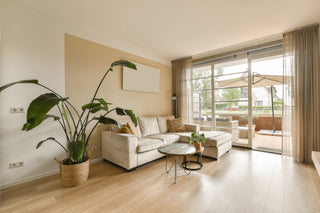

Embrace Warmth and Wellness in Every Corner of Your Home
Hydronic Radiant Floor Heating
With hydronic heating, there are no hot or cold spots—just gentle, even warmth. Unlike forced air, which dehumidifies, radiant heat helps maintain consistent household humidity levels in winter. Walking barefoot is a pleasure, even on ceramic tile, while entryway floors stay dry as snow melts away. Cold bathtubs and shower floors become warm and inviting, and typically unused basements transform into cozy, livable spaces. Children and pets especially enjoy the comfort of a warm floor.


